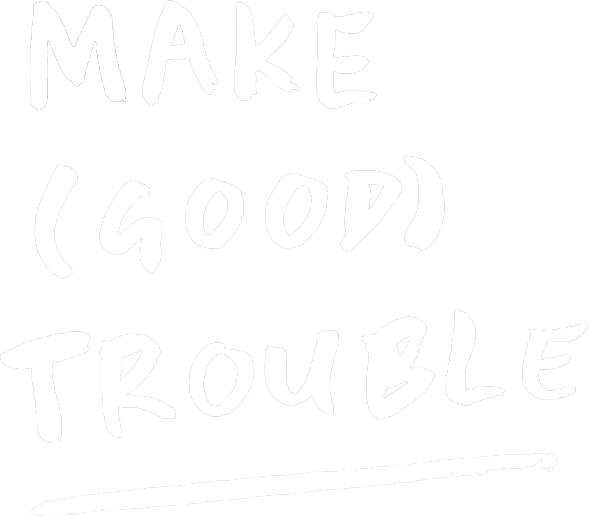An accident or incident is an unplanned, uncontrolled event, which causes, or could cause injury, damage or loss. In most cases accidents can be avoided and this Policy sets out how we aim to prevent as many as possible.
We aim to reduce the risk of accidents by:
- Making risk assessments for as many foreseeable risks as possible. By doing risk assessments we can identify hazards and look at how we can eliminate or reduce the risk.
- Staff and to some extent the children, are aware of hazards I.e. storing equipment properly, checking any cables are not a trip hazard.
- Staff and young co-creators are encouraged to care about their environment and their colleagues.
- Staff identify and report hazards and risks and encourage young people to do the same.
We classify an accident as what we have witnessed and an incident as something we did not see.
All accidents and incidents are recorded on the MGT Accident/Incident Report Form (copies will be with the first aid box/first-aider) and reported to the parents/carers on the day they occurred. If it is a serious injury or one that needs medical assistance, the parent will be informed immediately. Their details will be available from the MGT manager on site.
There is always a first aider on site, who will deal with minor injuries. Our first aider is Tayler Cresswell.
A first aid kit will be on site at every workshop. When you arrive on site, you will be informed where it is. First aid kits are checked monthly by Tayler Cresswell.
All accidents and incidents must be recorded on the MGT Accident/Incident Report Form, which includes details of the injury. If the accident involves a child, where possible, the form should be signed by the child’s parent/carer. A record sheet containing number, name & date of all accidents/incidents is kept in our accident/incident file.
All accidents and incidents are reviewed to see if anything can be done to prevent the accident/incident happening again.
An incident form can also be used to record something which happened that could have been dangerous, actions deemed as unwanted behaviour, an action which could cause damage, loss or injury. Some examples are:
- An argument.
- A temper tantrum out of the norm.
- A stranger trying to gain access to the building.
- An un-witnessed injury.
Accidents/incidents relating to staff or visitors to the setting should be reported to a MGT Manager and recorded using the MGT Accident Report form.
Procedure to follow for dealing with injuries involving blood or bodily fluids
Should bleeding occur at any time the following points should be followed:
- Put on latex gloves and a disposable apron.tak
- Try to stop the bleeding by applying pressure to the wound with a dry sterile dressing.
- Try to keep the person as calm as possible.
- Deal with any spillage immediately, using disposable items such as cloths, paper towels which can be thrown away, in the clinical waste bag, after the spillage is cleaned up.
- Ensure the area is clear of other young people and adults to prevent cross contamination and spread of infection.
- Ensure all non-injured young people are being cared for and reassured appropriately about what is happening.
- All waste should be treated as clinical waste and discarded in the yellow bags provided.
- If bleeding starts again a new apron and gloves must be put on to prevent infection.
- If you feel medical assistance is required call 999 and ask for an ambulance. If they need assistance but not as an emergency, inform the parents and advise them to visit their local A&E. If ever in doubt always phone for an ambulance, especially in the case of children.
We are committed to reviewing our policy, its implementation, and good practice annually.
This policy was last reviewed: November 2023
It will next be reviewed: November 2024
